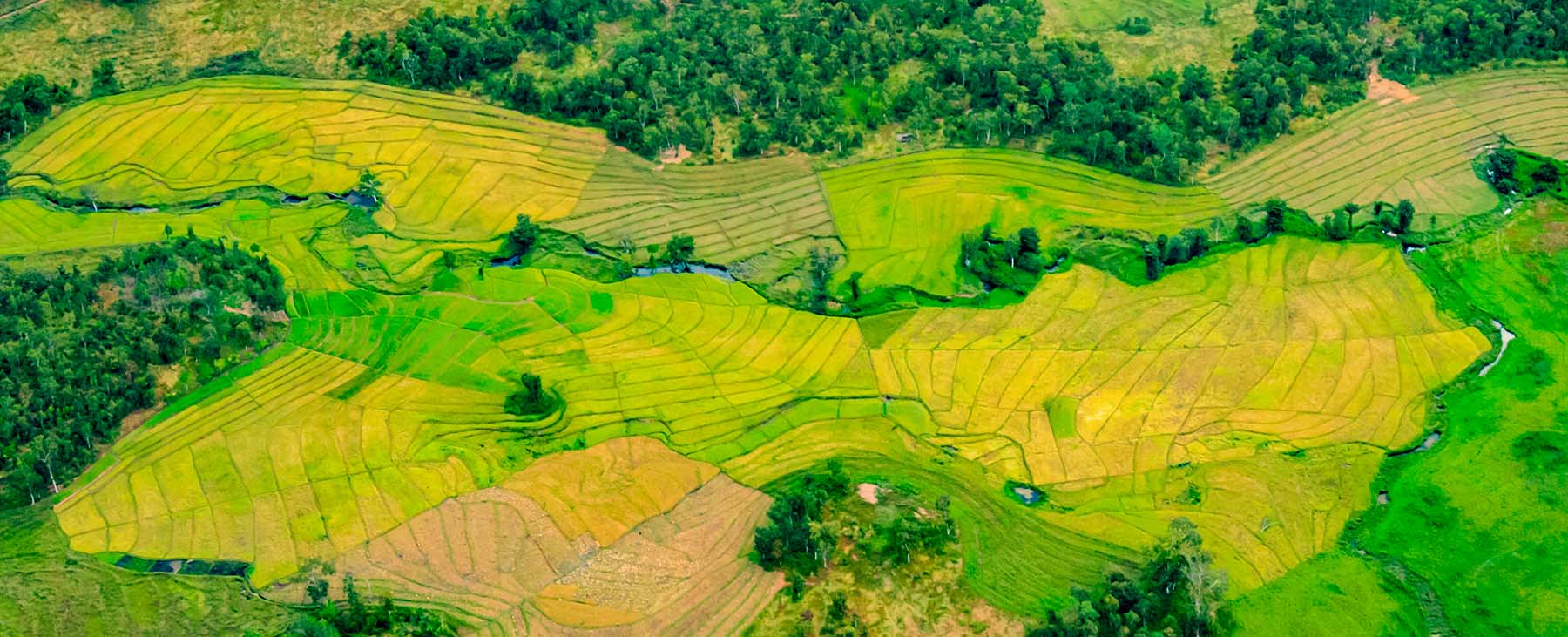

Six nations became independent in the 21st century
Twenty years have just passed since the independence of East Timor, the first territory to achieve independence in the 21st century. Five others have followed: Montenegro in 2006; Kosovo, Abkhazia and South Ossetia in 2008; and South Sudan in 2011.
On 20 May 2002, East Timor gained independence after a cruel Indonesian occupation and a UN-supervised transition. Montenegro followed in 2006 and Kosovo in 2008, after more than a decade of conflict in the Balkans. Also in 2008, a few countries recognised the independence of Abkhazia and South Ossetia in their conflict with Georgia. The last country to become independent so far in the 21st century was South Sudan in 2011.
East Timor (2002)
On 20 May 2002, this enclave in the eastern half of the island of Timor achieved full independence. It did so after a transition of more than two years under UN control. It had been preceded by centuries of Portuguese colonisation and a brutal Indonesian occupation. The new country, sandwiched between Australia and Indonesia, was at the time the poorest in Asia.
The decolonisation of East Timor has certain parallels with that of Western Sahara. Just as Spain’s withdrawal from the African colony led to Morocco’s occupation, the Portuguese withdrawal in 1975 was used by Indonesia to invade the territory and initiate a cruel repression, resulting in between 100,000 and 250,000 deaths.
The UN-sponsored referendum in 1999 was won by the independence option, which became effective in 2002. However, political and social instability continued until 2012, when the UN mission left the country for good.
East Timor, which is less than half the size of Catalonia and has a population of more than one million, has a constitution modelled on the Portuguese one. Its gross domestic product (GDP) has grown from less than $500 million in 2002 to more than $1.8 billion in 2020.
Montenegro (2006)
The territory of Montenegro was under Roman, Byzantine, Serbian and Ottoman control for two millennia, with some intervals of autonomy. In 1878 it became a principality, but after World War I it was integrated into what was to become Yugoslavia, along with Slovenia, Croatia, Serbia, Macedonia and Bosnia-Herzegovina.
National tensions between the different republics continued after World War II, with Yugoslavia in the communist orbit. To defuse these tensions, a new constitution was adopted in 1974 guaranteeing self-determination for each of the six Yugoslav republics.
Ethnic conflict erupted in the 1990s. Yugoslavia was dismembered, and only Montenegro remained united with Serbia, although a referendum on 21 May 2006 also established the division of the two countries. Independence was approved with more than 55% of the vote, the condition set by the European Union for accepting the new state.
Since independence, Montenegro’s GDP has grown from $2.722 billion in 2006 to $4.779 billion in 2020. The EU has granted the Balkan country candidate status.
Kosovo (2008)
Like Montenegro, Kosovo went through the domination of multiple empires and kingdoms before being integrated into Yugoslavia. In addition, ethnic clashes have marked its history since the Middle Ages.
In 1990 the region’s assembly proclaimed the Republic of Kosovo within Yugoslavia and two years later it declared independence, although Serbia did not recognise this decision. The 1998-1999 war between Serbs and Albanians ended with NATO intervention and the establishment of a UN protectorate.
Kosovo’s parliament unilaterally proclaimed independence on 17 February 2008, although it remained under international tutelage for four years. Some 100 countries and multilateral organisations have recognised the new republic, although some states, including Spain, still do not accept Kosovo’s independence.
The GDP of Kosovo, with a population of almost two million people, has risen from $5.69 billion in 2008 to $7.61 billion in 2020.
Abkhazia and South Ossetia (2008)
The situation of Abkhazia and South Ossetia is somewhat reminiscent of that of the separatist provinces of Ukraine. These two pro-Russian territories in the Caucasus proclaimed their independence from Georgia a year after the break-up of the USSR, but neither country officially recognised the two new states until 2008.
The 2008 war between Georgia and these two separatist provinces prompted Russia’s involvement, which tipped the balance in favour of Abkhazia and South Ossetia. Russia and four other countries then recognised their independence, although most of the international community still considers them part of Georgia.
Abkhazia’s territory covers 8,665 km², while South Ossetia’s is less than 4,000 km². In terms of population, the population of the former is less than a quarter of a million, while the latter barely exceeds 50,000. In 2020, Abkhazia’s GDP was estimated at less than $500 million and South Ossetia’s at around $100 million. The economies of both territories are heavily dependent on Russia.
South Sudan (2011)
Located south of the Sahara Desert in Central Africa, Sudan was once dominated by the Nubians. After centuries of independence, it came under Turkish control in the early 19th century. After another period of independence in 1899, Sudan was invaded by Egypt, which was then a protectorate of the UK.
Sudan ceased to be a British colony in 1956, but ethnic and religious differences plunged it into civil war until 1972 between the Muslim-dominated north and the Christian- and animist-majority south.
Conflict broke out again in 1983 and lasted until 2005. In January of that year a peace agreement was signed guaranteeing a six-year period of autonomy for the southern region, after which a referendum on independence would be held.
In the plebiscite, held in early 2011, independence won over 98% of the vote. The southern state’s independence was officially proclaimed on 9 July of that year, leaving the country divided between Sudan and South Sudan.
With a territory almost as large as France, it has a population of around 13 million people and a GDP of just over USD 3 billion.
11Onze is the community fintech of Catalonia. Open an account by downloading the super app El Canut for Android or iOS and join the revolution!
Leave a Reply
You must be logged in to post a comment.





Bona classe d’història 👏👏👏👏
Gràcies, Jordi, i també pel teu comentari!!!
La independència no ha estat fàcil en cap d”aquests casos, no obstant cal reconèixer que als nous estats els ha estat beneficiosa, en general
Doncs sí, sòl ser tal com tu mateix has dit. Moltes gràcies pel teu comentari, Francesc!!!
Som-hi
✌
Més clar impossible ,gràcies per l’informacio
Moltes gràcies a tu Alicia!!
👍
Endavant doncs!